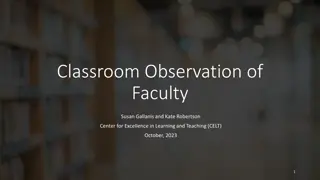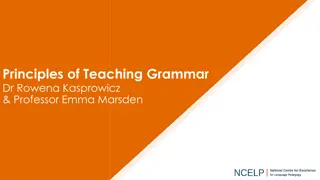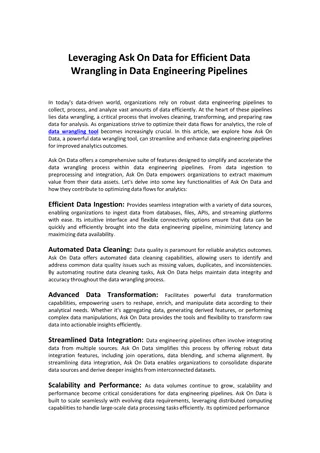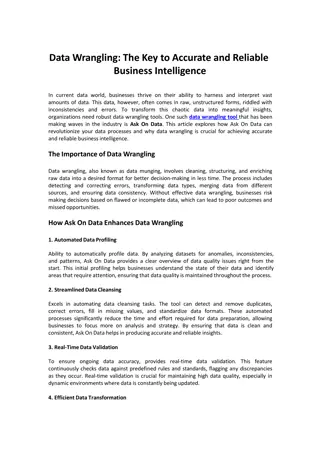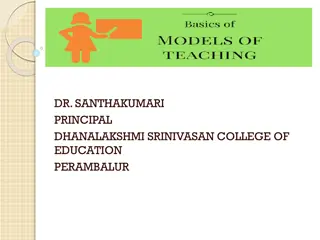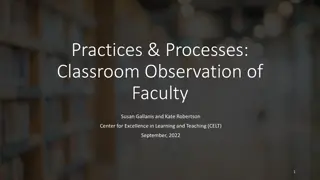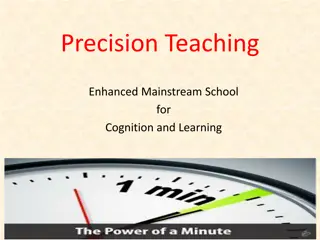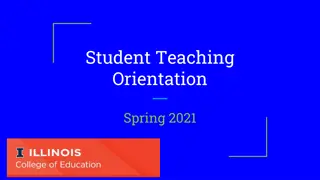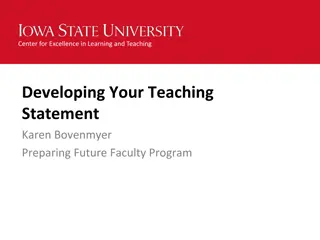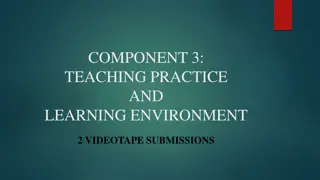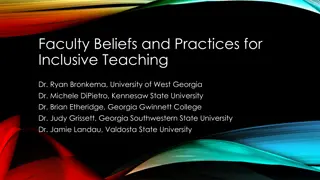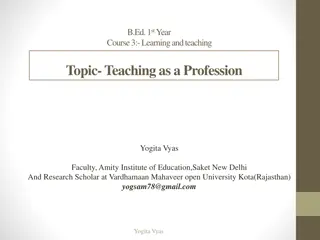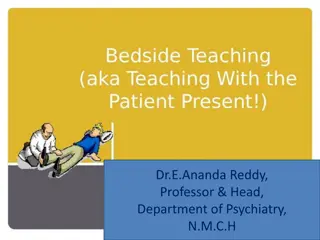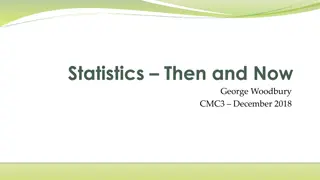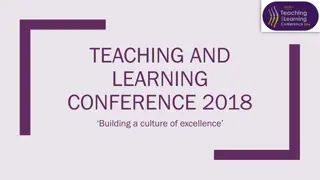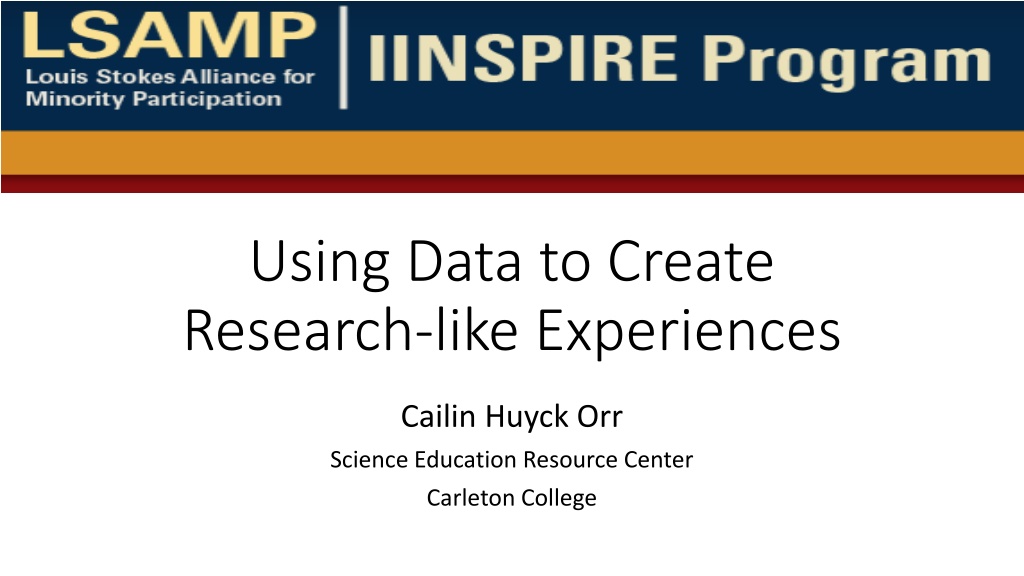
Engaging Students with Data: A Hands-On Approach
Explore how to teach with data through interactive and research-like experiences, including comparing carbon calculators, analyzing atmospheric CO2 trends, and using direct measurement videos. Connect teaching with data to authentic research for a more engaging learning experience. Discover various types of data sets, simulations, and models to enhance scientific understanding and critical thinking skills.
Download Presentation

Please find below an Image/Link to download the presentation.
The content on the website is provided AS IS for your information and personal use only. It may not be sold, licensed, or shared on other websites without obtaining consent from the author. If you encounter any issues during the download, it is possible that the publisher has removed the file from their server.
You are allowed to download the files provided on this website for personal or commercial use, subject to the condition that they are used lawfully. All files are the property of their respective owners.
The content on the website is provided AS IS for your information and personal use only. It may not be sold, licensed, or shared on other websites without obtaining consent from the author.
E N D
Presentation Transcript
Using Data to Create Research-like Experiences Cailin Huyck Orr Science Education Resource Center Carleton College
Why Teach With Data? Interaction between authentic inquiry and data Open ended
Other types of Data Datasets Simulations Models (many types of models)
Modern Atmospheric CO2Record (dataset) Students compare carbon dioxide (CO2) data from Mauna Loa Observatory , Barrow (Alaska) , and the South Pole over the past 40 years to help them better understand what controls atmospheric (CO2). This activity makes extensive use of Excel. Better understand what processes control atmospheric CO2concentrations on an annual basis at different latitudes. Better understand what processes might explain the long-term trend in atmospheric CO2concentration. Use and discuss data in tabular and graphical formats. http://serc.carleton.edu/introgeo/teachingwdata/examples/ModernCO2.html Robert MacKay, Clark College
Direct Measurement Videos (simulation) Direct Measurement Videos are short, high-quality videos of real events that allow students to easily explore physical phenomena. Many of the videos are paired with classroom-ready activities that integrate videos into the introductory mechanics curriculum. http://serc.carleton.edu/dmvideos/videos.html Peter Bohacek Matthew Vonk
Comparing Carbon Calculators (model) Carbon calculators, no matter how well intended as tools to help measure energy footprints, tend to be black boxes and can produce wildly different results, depending on the calculations used to weigh various energy factors. By comparing different calculators, learners can analyze which ones are the most accurate and relevant, and which are the most transparent. http://serc.carleton.edu/introgeo/teachingwdata/examples/54856.html M. McCaffrey, CIRES at the University of Colorado at Boulder
Connecting teaching with Data to Authentic Reseach



